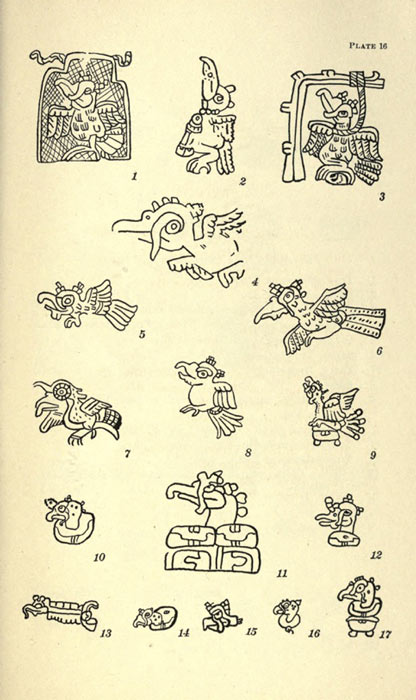
Turkeys Were Worshipped by the Ancient Maya
At Thanksgiving and Christmas each year, millions of people around the world sit around the table to eat turkey. Located at the center of the table, turkey is so important that it has generated a mega-industry, with Time Magazine claiming that 45 million turkeys are consumed for Thanksgiving and Mashed citing about 22 million for Christmas in the United States every year. But, did you know that over 2,000 years ago, the ancient Maya believed that turkeys were messengers of the gods?

Thanksgiving turkey dinner. (Alexander Raths / Adobe Stock)
The Importance of the Humble Turkey for the Maya
The turkey we’ve become used to seeing on our table is a domesticated ancestor of the wild turkey, or Meleagris gallopavo. Meanwhile, the ocellated turkey, or Meleagris ocellata, is species of turkey which can be found in the Yucatán Peninsula in Mexico, Belize and Guatemala. This ocellated turkey of Yucatan is a sight to be seen. It has stunning bronze, blue and green feathers, a bright blue head with wart-like orangey nodules, deep red feet and an ocellated tail with eyelike markings.
- How Many Maya Gods Were Worshipped? Hint: There Were Hundreds!
- Quetzalcoatl: From Feathered Serpent to Creator God
In an article published in the PARI Journal, Maya historians Ana Luisa Izquierdo y de la Cueva and María Elena Vega Villalobos argued that their striking appearance is the reason for why this turkey was “given supernatural powers by the ancient Maya.” In fact, this humble turkey, which we’ve come to see as an over-weight chicken which makes a gobble sound, was venerated by the Maya around 300 BC, much like the jaguar, serpent and the quetzal, all of which play important roles within Mesoamerican mythology.

Depiction of ocellated turkeys in Maya codices according to the 1910 book, Animal figures in the Maya codices by Alfred Tozzer and Glover Morrill Allen. (Public domain)
The Power of the Turkey
The ancient Maya have been remembered for their highly advanced culture and complex Maya pantheon, with their deities numbering the hundreds. “Turkeys are everywhere in Maya archaeology and iconography,” argued History, as evidenced by its depiction on painted vessels and in Maya Pre-Columbian hieroglyphic texts. There is even a glyphic compound to represent the wild turkey, first identified in the Madrid Codex back in 1880.
It appears that their eye-like tails were “thought capable of understanding everything,” helping the turkey garner a reputation as being “sacred” and “nocturnal,” much like the more elegant jaguar. For the Maya, the turkey was a messenger of the gods, “gifted with exceptional powers, which could be harmful to humans from the nocturnal and dream space,” explained Izquierdo and Vega.
- The Maya People Still Have So Much to Teach Us
- The ‘Myth’ of the Plumed Serpent: Revealing the Real Message Behind the Feathered Snake
Excavations have also unearthed turkey remains within ritual and ceremonial contexts, such as those discovered at El Mirador in northern Guatemala. Although the turkeys in question were actually of the domestic variety which originally came from central Mexico, the sacrifice of turkeys was an important aspect of New Year ceremonies in order to bring fertility to the natural world.
Top image: The ocellated turkey, or Meleagris ocellata, was seen as having sacred powers by the ancient Maya. Source: David Creswell / CC BY-NC-SA 2.0
By Cecilia Bogaard
















Comments
Google pay 97$ per hour my last pay check was $8500 working 1o hours a week online. My younger brother friend has been averaging 12k for months now and he works about 22 hours a week. I cant believe how easy it was once I tried it outit..
:) AND GOOD LUCK.:)
HERE====)> https://www.worksful.com